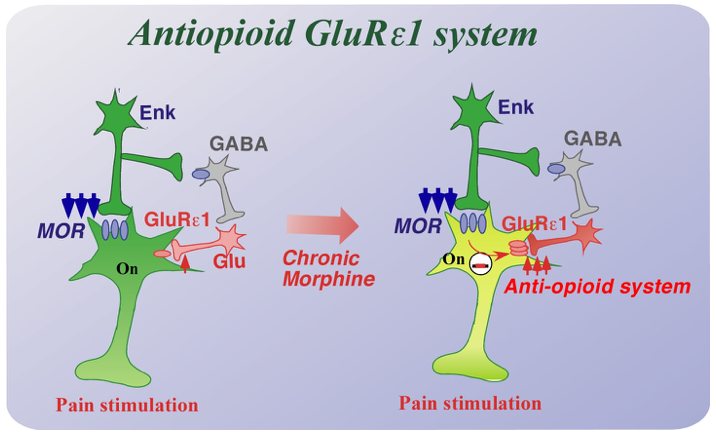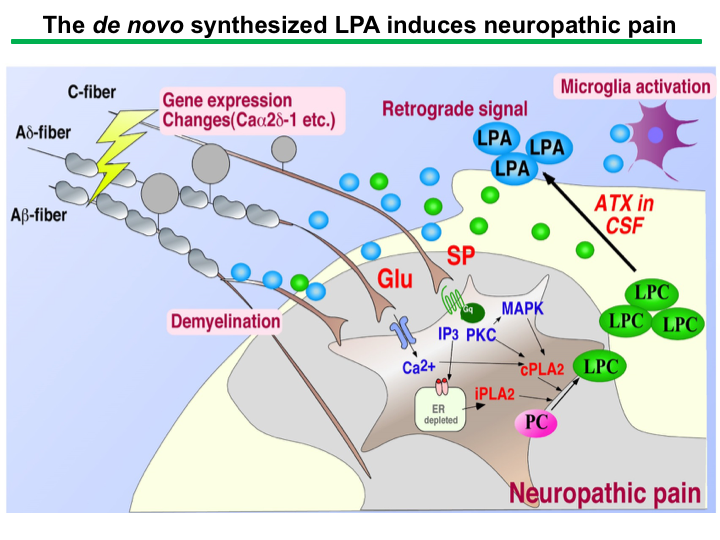In vivo signal transduction on pain and analgesia
We developed a novel behavioral test to evaluate in vivo function of nociceptors, which detect endogenous nociceptive/pain molecules in the primary afferent sensory fibers. The test using mice is sensitive enough to evaluate extremely low doses of pain inducers (PNAS 1998; J. Pharmacol. Exp. Ther. 1999, 2001, 2003; Br. J. Pharmacol. 2000). Another advantage [...]




